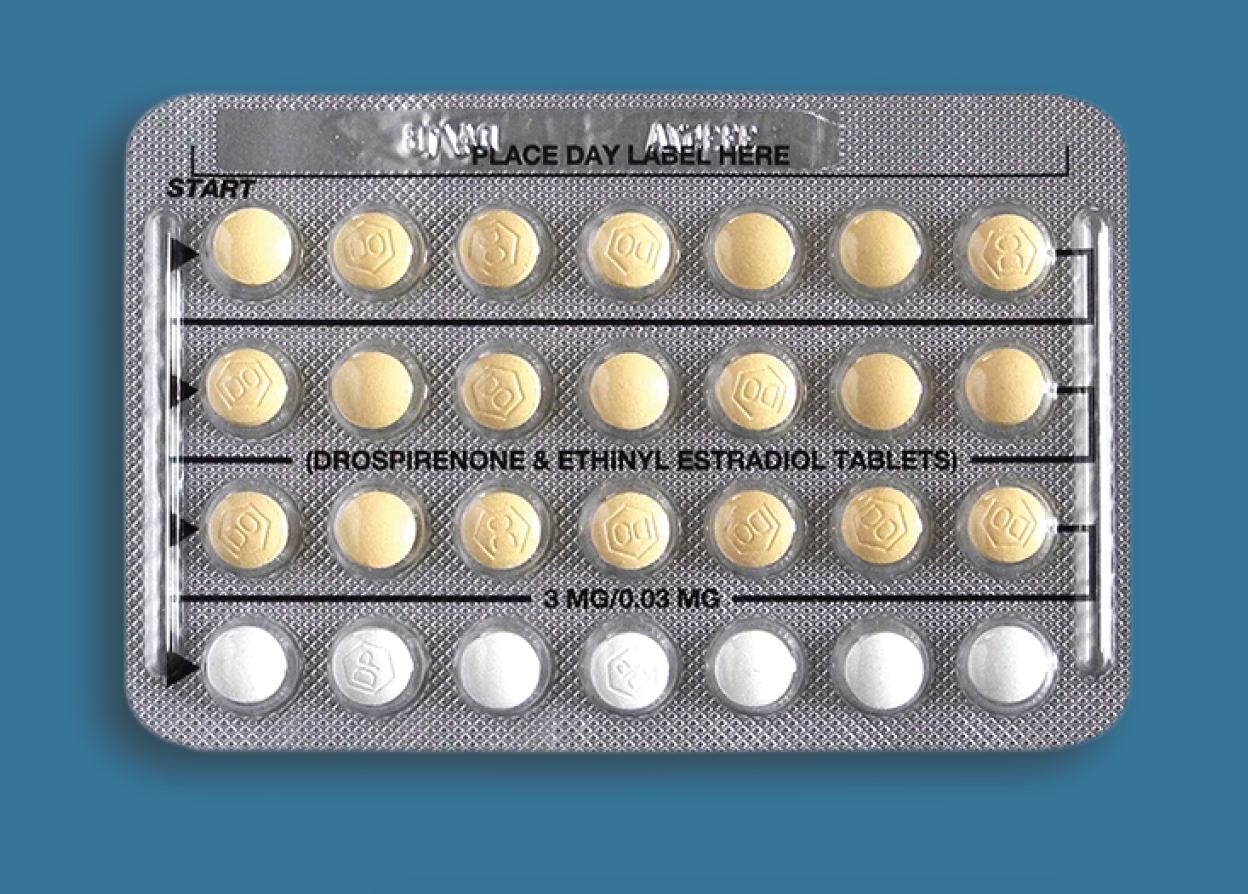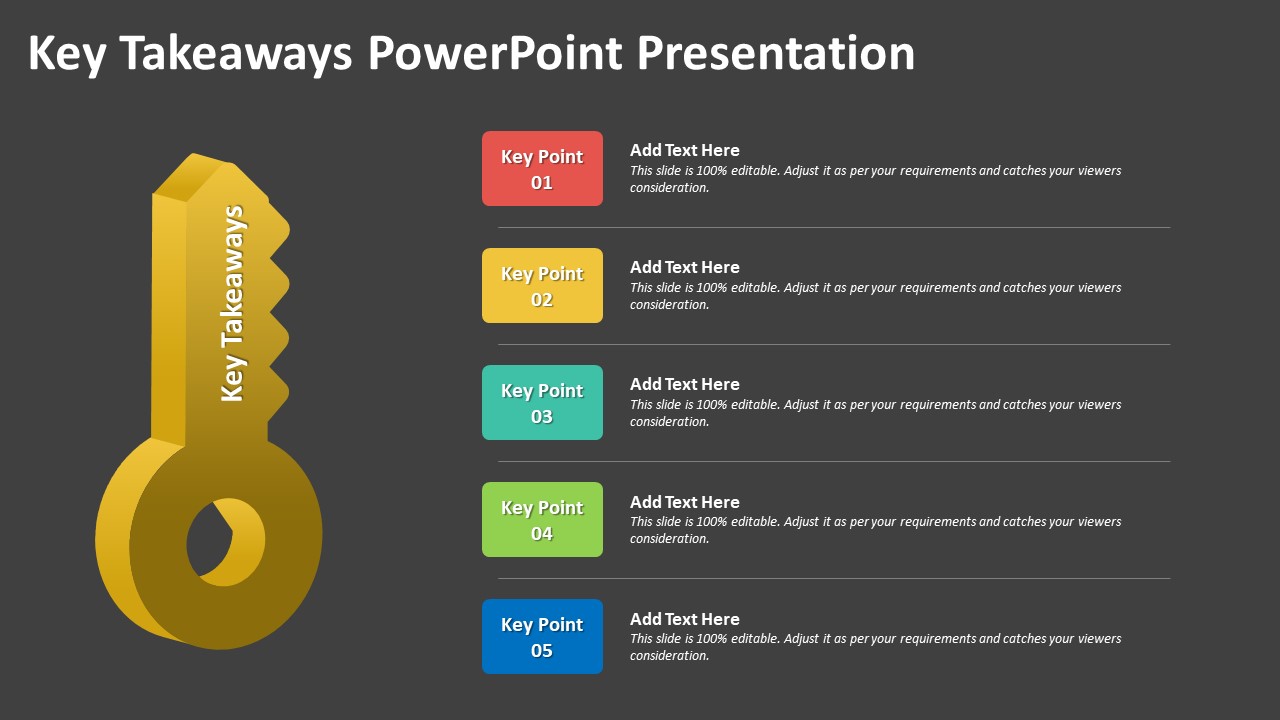The Post-Roe Landscape: Examining The Role Of Over-the-Counter Birth Control

Table of Contents
Increased Access and Affordability of Over-the-Counter Birth Control
Easier access to over-the-counter birth control has the potential to revolutionize reproductive healthcare. Removing the barrier of a doctor's visit and prescription could significantly improve birth control uptake, leading to a substantial reduction in unintended pregnancies. This increased accessibility translates directly into cost savings for individuals and the healthcare system as a whole.
- Reduced reliance on insurance coverage: Many individuals struggle with high insurance premiums and deductibles, making prescription birth control prohibitively expensive. OTC birth control would bypass this barrier.
- Lower out-of-pocket expenses: The cost of a doctor's visit, prescription, and refills adds up. OTC options promise significantly lower out-of-pocket costs, making contraception accessible to a wider range of people.
- Improved access for low-income individuals and marginalized communities: Low-income individuals and those in underserved communities often face significant obstacles in accessing healthcare services, including birth control. OTC availability would help level the playing field.
However, even with over-the-counter availability, affordability remains a challenge. The price point of OTC birth control needs careful consideration to ensure it is truly accessible to all socioeconomic groups. Government subsidies and affordable generic options may be necessary to bridge the affordability gap.
The Role of Education and Comprehensive Sex Education
Making birth control readily available over-the-counter is only one piece of the puzzle. Comprehensive sex education plays a crucial role in empowering individuals to make informed decisions about their reproductive health. This includes accurate information on various contraceptive methods, their effectiveness rates, potential side effects, and proper usage.
- Increased knowledge leads to responsible choices: Empowered individuals are more likely to choose and utilize contraception effectively.
- Improved understanding of risks and benefits associated with various birth control methods: Education allows individuals to select the method best suited to their individual needs and circumstances.
- Focus on dispelling myths and misconceptions: Addressing misinformation surrounding birth control is essential for ensuring safe and effective use.
A strong emphasis on comprehensive sex education is intrinsically linked to responsible contraceptive use and ultimately contributes to reducing unintended pregnancies and promoting overall reproductive health.
Addressing Potential Misinformation and Barriers to Access
While increasing access to over-the-counter birth control offers significant advantages, potential challenges must be addressed. Misinformation surrounding contraceptive use can lead to ineffective practices and unintended pregnancies. Furthermore, access barriers persist, particularly for individuals in rural areas or those lacking reliable transportation or healthcare infrastructure.
- The importance of reliable sources of information: Public health campaigns and trusted online resources are crucial for combating misinformation and providing accurate guidance.
- The need for clear and accessible instructions on using OTC birth control: Instructions must be easy to understand for individuals with varying levels of health literacy.
- Addressing potential language barriers and health literacy challenges: Materials and resources must be available in multiple languages and formats to reach diverse populations.
Strategic public health campaigns, community outreach programs, and collaborations with healthcare providers can help mitigate these challenges and ensure equitable access to information and support.
The Impact on Public Health Outcomes
Increased access to over-the-counter birth control could have profound effects on public health outcomes. We can anticipate a reduction in unintended pregnancies and, consequently, a decrease in abortion rates. Furthermore, wider contraceptive use could contribute to a reduction in the spread of sexually transmitted infections (STIs).
- Improved maternal and child health outcomes: Fewer unintended pregnancies lead to better prenatal care and healthier outcomes for both mothers and children.
- Reduced strain on the healthcare system: Fewer unintended pregnancies and abortions mean less strain on healthcare resources and costs.
- Potential long-term social and economic benefits: Reduced rates of unintended pregnancies can lead to improved educational attainment, economic stability, and overall well-being for individuals and families.
While the benefits are significant, it's crucial to acknowledge the potential for unforeseen consequences and the need for ongoing monitoring and evaluation of the impact of widespread OTC birth control availability.
Legal and Regulatory Considerations for Over-the-Counter Birth Control
The transition to over-the-counter birth control involves navigating complex legal and regulatory hurdles. The FDA approval process, including rigorous testing and labeling requirements, is paramount. Furthermore, state-level regulations can vary significantly, potentially creating a patchwork of access across the country.
- FDA approval and labeling requirements: Meeting FDA standards ensures safety and efficacy.
- State-level regulations and potential variations: Inconsistencies in state laws could create disparities in access.
- Potential legal challenges from opposing groups: Anti-abortion groups may challenge the availability of OTC birth control.
Advocacy groups play a crucial role in navigating these legal and political complexities, advocating for policies that support access to affordable and over-the-counter birth control.
The Future of Over-the-Counter Birth Control in a Post-Roe World
Increased access to over-the-counter birth control offers a critical pathway towards improving reproductive healthcare access in the post-Roe era. This strategy, coupled with robust comprehensive sex education and proactive efforts to overcome access barriers, holds immense potential for reducing unintended pregnancies and improving public health outcomes. The potential positive impact on maternal and child health, reduction of strain on the healthcare system, and overall social and economic benefits cannot be overstated. We must advocate for policies that support access to affordable and over-the-counter birth control, promoting reproductive health and autonomy for all. Engage in informed discussions about over-the-counter birth control and its role in shaping the post-Roe landscape. Let's work together to ensure everyone has the power to make informed choices about their reproductive health.

Featured Posts
-
 Tesla Board Meeting Highlights Concerns Over Elon Musks Diversions
Apr 23, 2025
Tesla Board Meeting Highlights Concerns Over Elon Musks Diversions
Apr 23, 2025 -
 M3 As Autopalya Hetekig Tarto Forgalomkorlatozasok
Apr 23, 2025
M3 As Autopalya Hetekig Tarto Forgalomkorlatozasok
Apr 23, 2025 -
 Depenses Militaires Usa Russie Analyse Des Valeurs En Hausse Selon John Plassard
Apr 23, 2025
Depenses Militaires Usa Russie Analyse Des Valeurs En Hausse Selon John Plassard
Apr 23, 2025 -
 Ice Policy Separates Father From Newborn Mahmoud Khalils Plea
Apr 23, 2025
Ice Policy Separates Father From Newborn Mahmoud Khalils Plea
Apr 23, 2025 -
 Analyzing The Bank Of Canadas Pause Key Takeaways From Fp Video
Apr 23, 2025
Analyzing The Bank Of Canadas Pause Key Takeaways From Fp Video
Apr 23, 2025
